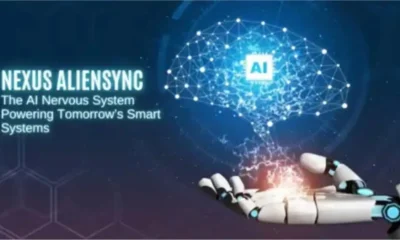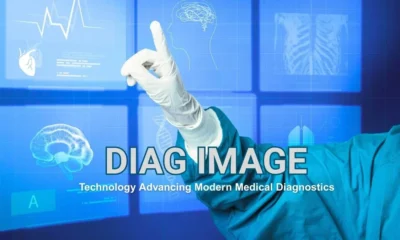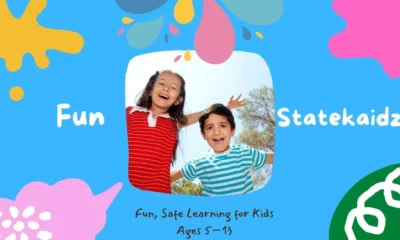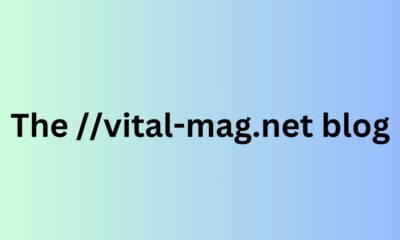GENERAL
Zooskooñ: Revolutionizing Zoos for a Sustainable and Ethical Future
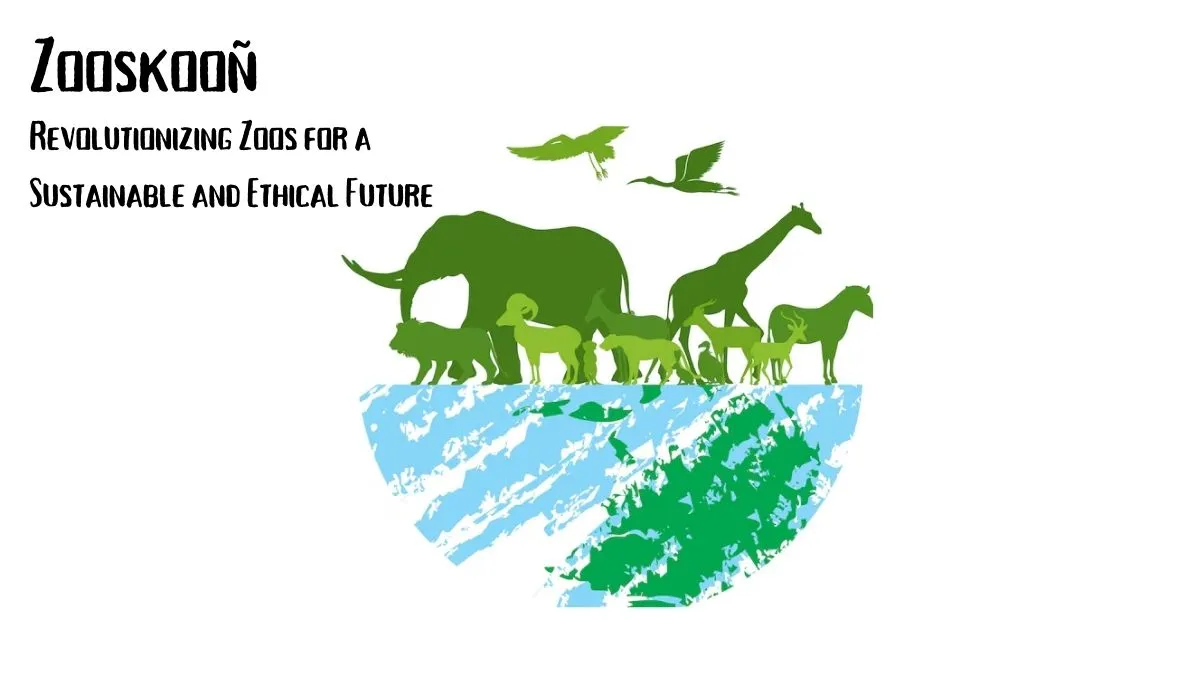
Zooskooñ represents a transformative concept that revolutionizes zoos through sustainable practices and ethical animal care and conservation efforts. It differs from conventional zoos because it combines advanced technology with eco-friendly design. It also establish global partnerships to provide an ethical wildlife learning experience. Zooskooñ creates a connection between human interest in wildlife and environmental protection by addressing both animal captivity issues and habitat destruction. Through its innovative principles, the facility allows future students to study wildlife without causing harm to animals. Zooskooñ sets a new benchmark for animal facilities across the globe by adopting ethical standards that will become the fundamental principle of wildlife education.
The Evolution of Zoos: From Captivity to Conservation
The history of zoological parks spans centuries, as they were first established to display rare animals for public amusement. Over time, zoos evolved into learning and protection facilities. However, many traditional zoos still face criticism for inadequate living conditions and a lack of ethical practices. The focus on conservation in modern zoological institutions has led to better care for animals along with species recovery programs for endangered species. Zooskooñ advances this movement by eliminating previous captivity methods while concentrating on natural habitats. Sustainable practices enable zoos to evolve as valuable institutions in modern society, allowing visitors to interact responsibly with wildlife while promoting biodiversity conservation efforts worldwide.
The Core Principles of Zooskooñ
Zooskooñ embraces sustainability along with ethical animal welfare and conservation practices as its core principles, combined with educational initiatives. Zooskooñ dedicates itself to building natural habitat environments instead of following the typical tourist-centered approach of traditional zoological facilities. Habitat restoration, alongside endangered species breeding, forms the core activities of the organization’s conservation work. Wildlife conservation education occurs through interactive public experiences that visitors engage with directly at Zooskooñ. Zooskooñ achieves its approach through ethical guidelines combined with global expertise, creating scientifically validated methodologies that benefit both humans and animals in humane ways.
Sustainable Zoo Architecture and Design
Zooskooñ utilizes modern sustainable architecture to build enclosures that serve both animal welfare needs and nature preservation goals. The adoption of naturalistic enclosures over man-made ones gives animals larger spaces combined with enhanced freedom of movement. The installation of solar panels, along with rainwater harvesting systems at the zoo, contributes to lowering its environmental impact. The waste management system, which includes composting and recycling, reduces environmental impact to a minimum. Landscape integration seeks to preserve natural ecosystems, thus maintaining biodiversity throughout local areas. By adopting innovative construction materials alongside renewable power sources, Zooskooñ establishes a new standard for contemporary zoological institutions that demonstrate how wildlife protection meets environmental sustainability goals.
Ethical Animal Care and Welfare Standards
The organization Zooskooñ bases its operations on absolute animal welfare principles to deliver optimal care standards for all animals under its care. Zooskooñ differs from traditional zoos by providing animals with large enclosures enriched with natural environments to practice their behaviors.It offers animals regular medical inspections, advanced therapeutic treatments, and specialized recovery programs after rescue. Zooskooñ maintains its animal collection for educational and conservation purposes while protecting species from extinction. Through problem-solving challenges and social engagement opportunities, Zooskooñ sustains the active physical health and mental well-being of its animals. By adopting this ethical approach, Zooskooñ creates a better environment and health for animals under human care.
Conservation Efforts and Global Collaborations
Zooskooñ works with major conservation institutions to support endangered species protection efforts and ecosystem rehabilitation initiatives. The organization supports breeding programs while assisting wildlife rescue operations and protecting natural habitats to actively conserve biodiversity through its actions. The institution collaborates with global organizations to secure funding for advancing research on wildlife protection and species reintroduction programs. The primary goal of Zooskooñ extends beyond exhibition, focusing on wildlife rehabilitation before attempting release back into the wild. The institution educates people about the effects humans have on wildlife and motivates them to participate in conservation work beyond the zoo premises. Zooskooñ achieves success in conservation strategies through global collaboration to protect animals and their natural habitats for a sustainable long-term future.
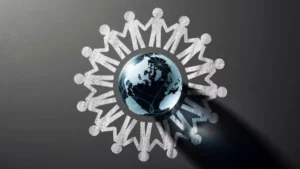
Technology and Innovation in Modern Zoos
The modern zoological establishment, Zooskooñ, enhances animal care while conducting research and providing visitors with improved experiences through its use of advanced technological solutions. Real-time animal monitoring through AI systems provides continuous measurement of animal wellness and behavior for early veterinary interventions. Zoos enable visitors to experience virtual reality (VR) and augmented reality (AR) platforms, which allow them to explore natural habitat environments without interfering with wildlife. Drones support scientists by tracking animals while also assisting them in performing habitat restoration work. The adoption of sustainable food procurement strategies, which combine laboratory-produced meat with vegetarian diets for carnivorous animals, decreases environmental damage. Zooskooñ employs innovative combinations to transform zoo operations, elevate animal protection, and deliver more compelling and accessible conservation learning to public audiences.
Public Engagement and Education
Zooskooñ establishes education as its fundamental principle to convert zoos into interactive learning destinations for visitors. The establishment provides visitors with interactive exhibits, alongside virtual safari experiences and practical conservation workshops. The partnership between Zooskooñ and schools, as well as community programs, enables children to receive education about biodiversity, climate change, and wildlife protection. The zoo features virtual tour services together with educational expert presentations and science projects for citizens. Zooskooñ works to increase wildlife understanding, which enables visitors to develop responsible conservation practices and tourism behavior. The educational approach helps people of all ages learn to love nature, ensuring they will protect the planet in the future.
The Future of Zooskooñ and Ethical Zoos
Zooskooñ brings the vision of future zoos into reality by allowing ethics, sustainability, and conservation to guide all operational choices. Upcoming innovations will lead to the development of virtual zoological facilities that enable visitors to encounter wildlife while preserving the animals’ natural habitats. The advancement of biotechnology will facilitate the population restoration of endangered species through cloning methods alongside genetic editing applications. Conservation sanctuaries that expand across larger territories, together with rewilding efforts, will provide additional support for endangered species in their native habitats. The public will actively participate in wildlife protection through eco-tourism and conservation volunteering activities. Zooskooñ continues its dedication to developing a future that allows humans to live peacefully alongside wildlife as global zoo attitudes transform.
Conclusion
Zooskooñ operates beyond its status as a typical zoo because it advances responsible wildlife protection that combines sustainable practices with ethical approaches. It transforms zoo operations by merging innovative technology with green building practices and humane animal treatment standards to establish new zoo functions for modern society. Zooskooñ provides a solution that protects biodiversity by offering benefits to human beings and wildlife in an era where climate change, combined with habitat loss and species extinction, threatens biodiversity. The support of Zooskooñ’s initiatives will foster a world where wildlife finds its home in secure and sustainable habitats. Zooskooñ utilizes educational methods and technological advances, along with worldwide partnerships, to create a better environment for all creatures through its responsible leadership.
-

 BIOGRAPHY7 months ago
BIOGRAPHY7 months agoBehind the Scenes with Sandra Orlow: An Exclusive Interview
-

 HOME1 year ago
HOME1 year agoDiscovering Insights: A Deep Dive into the //vital-mag.net blog
-

 HOME1 year ago
HOME1 year agoSifangds in Action: Real-Life Applications and Success Stories
-

 BIOGRAPHY1 year ago
BIOGRAPHY1 year agoThe Woman Behind the Comedian: Meet Andrew Santino Wife



